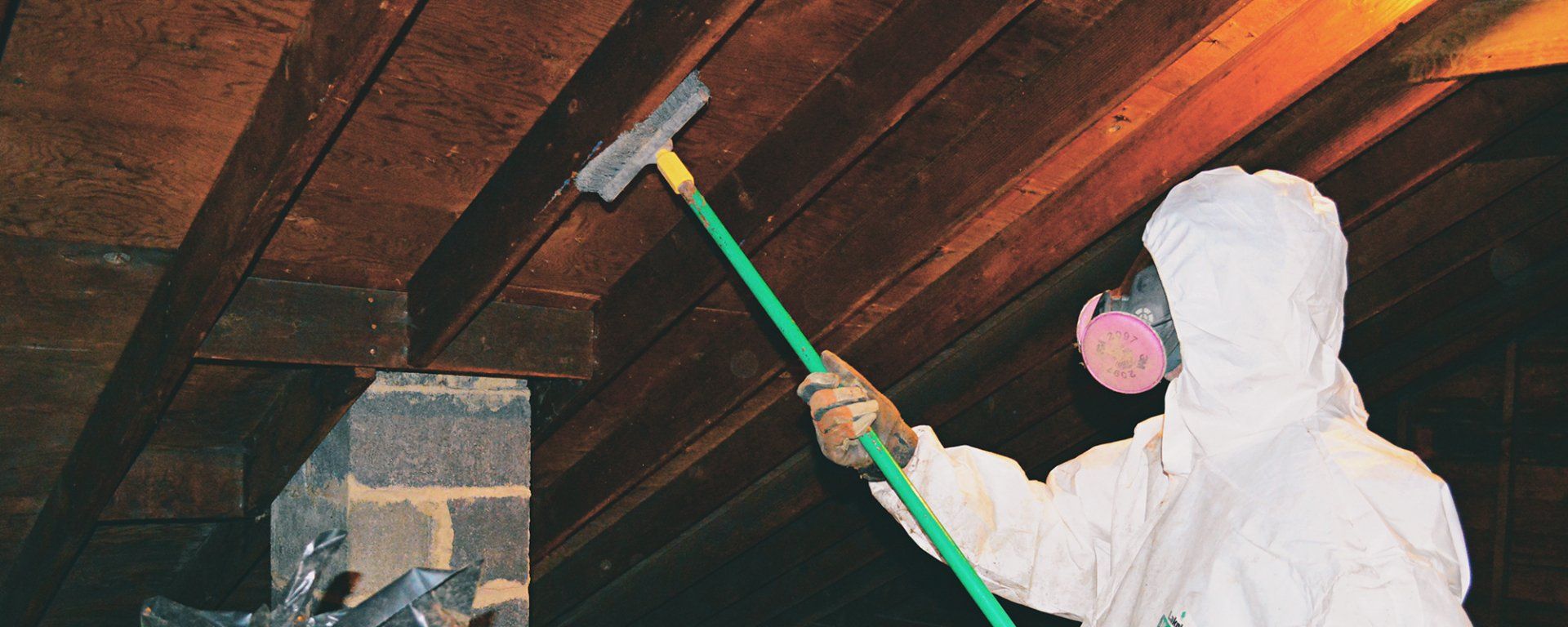Mold Clean-Up: DIY or Hire a Professional?

Mold Clean-Up: DIY with Bleach or Professional Mold Remediation
Small Mold Growth on Non-Porous Surface
You've likely encountered some kind of "everyday" mold in a bathroom or shower stall. That funky green or pink slimy stuff that thrives in poorly ventilated areas. The warm, humid environment of your bathroom is perfect for mold spores to grow. Mold may start in the shower and spread to the corners or the ceiling and even work its way beneath crown molding or between tiles.
For relatively small areas on a non-porous surface, bleach and water is an acceptable place to start. The common ratio is 2 parts water to 1 part bleach. Spray the moldy area and let it sit while it kills mold spores, and then spray again and scrub with a brush.
If the mold returns you can repeat the process. Be sure to inspect carefully for porous materials that may have mold. Wood, drywall, etc can harbor mold spores beneath the surface. In this case, cleaning the surface with bleach may not be killing the microscopic mold spores within the material itself. If this is the case, it's time to call MasterTech Environmental of Myrtle Beach.
Verdict: Try DIY with detergent cleaner first, and call a pro if it returns.
Large Mold Growth on Porous Surface
If you see mold growing on drywall, carpeting, sub-flooring, wood studs or any other porous material in a significant area, sadly it's not something a little bleach and water will take care of. The reason is that the mold spores are within the material itself and the bleach can't effectively absorb throughout the porous material to kill the spores. In some cases, adding bleach and water mixtures may make the mold problem worse because the added moisture promotes more mold growth.
You're best bet in this situation is to opt for professional mold remediation. MasterTech Environmental of Myrtle Beach will inspect the mold problem and determine the best plan to thoroughly kill and clean the mold spores. MasterTech uses a combination of oxidizing agents and professional grade surface cleaners that treat porous materials.
Verdict: Call a professional for mold clean-up
Mold from Flooding, Water Damage, or Sewage Damage
If mold growth is the result of flooding, sewage or any other standing liquid or bio-hazard, please call MasterTech Environmental of Myrtle Beach immediately.
Myrtle Beach is prone to hurricanes, tropical storms, and associated flooding. As a result many of our clients call us for both water damage remediation and mold cleaning. Additionally, we specialize in bio-hazard cleanup, so we are a one-stop solution for professional cleaning.
Do not take any chances by staying in a water-damaged home with mold growth. MasterTech Environmental of Myrtle Beach can work with your home and flood insurance providers to make sure you do not pay anything more out of pocket than you need to.
Verdict: Call a professional immediately
Call MasterTech Environmental of Myrtle Beach for Mold Clean-Up
MasterTech Environmental of Myrtle Beach serves the greater Grand Strand region from Georgetown county, South Carolina to Brunswick County, North Carolina. Our team is certified to perform mold remediation and water damage restoration, and we stand by our service. We always return after a couple weeks to ensure all mold is remediated.
To learn more about our services, contact us today.



